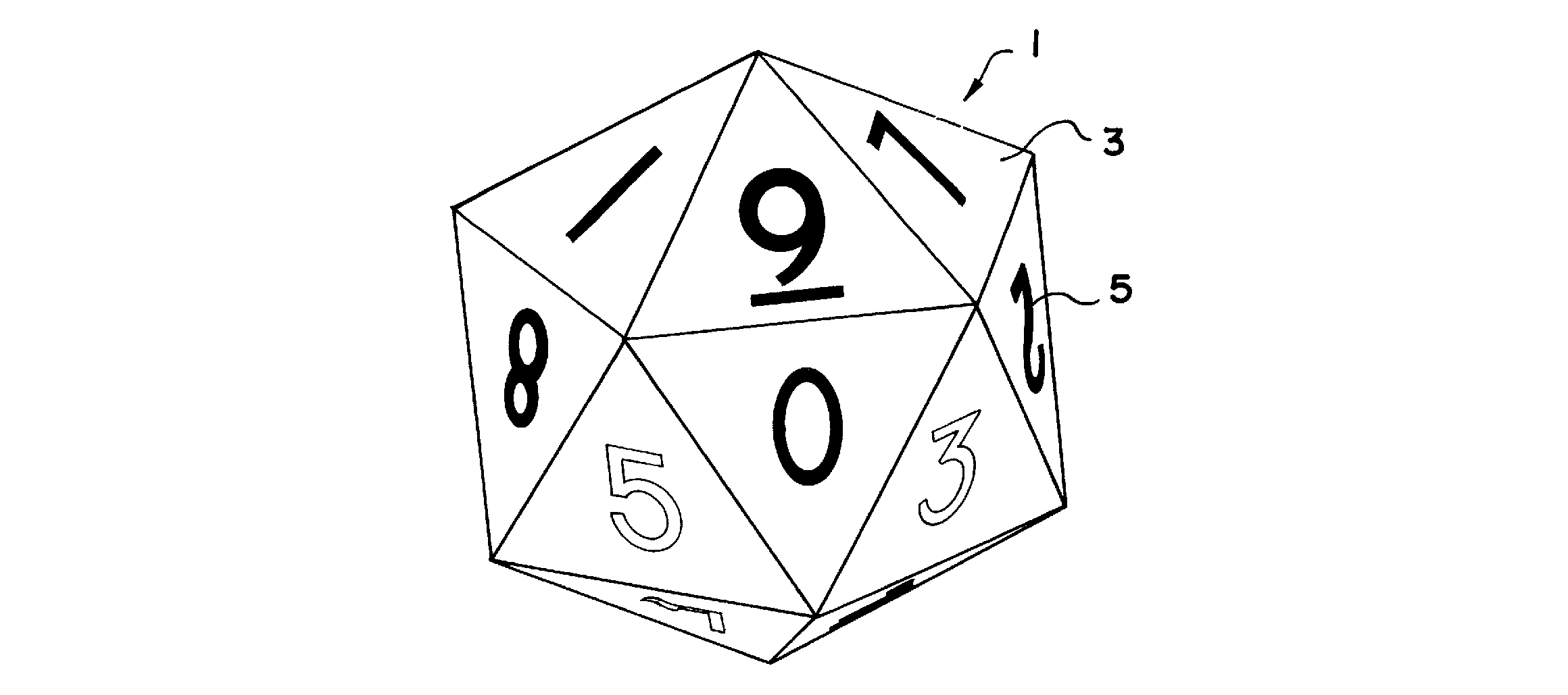The Science of Dice
Introduction:
In the realm of tabletop gaming, the creation of polyhedral dice is an intricate process that marries artistry with scientific precision. Join us on a journey through the scientific alchemy that transforms raw materials into the iconic tools of chance in the gaming world.
Material Alchemy: The alchemical blend begins with the selection of materials. A fusion of polymers and resins forms the foundation, undergoing a meticulous blending process to achieve the desired consistency. This material alchemy is crucial for durability, weight distribution, and overall resilience against the rigors of gameplay.
Molded Geometry: Polyhedral dice take shape through precision molding. Using advanced techniques, manufacturers create molds that represent each face of the die. The liquid mixture is poured into these molds, taking the form of the desired polyhedron. The intricacies of the molding process contribute to the uniformity and accuracy of each die.
Weighted Engineering: The science behind balanced gameplay lies in the engineering of weight distribution. Manufacturers employ precise measurements and quality control to ensure that each die is as balanced as possible. This is achieved through careful calibration of materials and the strategic placement of weight, guaranteeing fair and unbiased rolls.
Chromatic Alchemy: The chromatic infusion adds a touch of aesthetic brilliance to the scientific process. Dice are bathed in vibrant pigments, creating a palette that ranges from bold hues to subtle shades. This step involves a careful balance of pigments to achieve consistent coloring, contributing to the visual diversity of polyhedral sets.
Quality Control and Randomness Testing:
Ensuring the reliability of polyhedral dice involves rigorous quality control. Manufacturers employ advanced testing methodologies to confirm randomness in the rolling outcomes. This includes checking for even weight distribution, symmetry, and adherence to specifications, aligning the scientific process with the core principles of fairness in gameplay.
Final Enchantments:
Before reaching the hands of eager gamers, the dice undergo final enchantments. These may include additional treatments to enhance durability, texture, or visual appeal. The finishing touches further elevate the dice from mere gaming tools to coveted artifacts in the world of tabletop adventures.
Conclusion:
In the synthesis of polyhedral dice, science and craftsmanship converge in a harmonious dance. From the alchemical blending of materials to the precision molding and engineering of balance, every step in the process contributes to the creation of these iconic gaming artifacts. As we unravel the scientific alchemy behind dice creation, may your future rolls be guided by the meticulous craftsmanship that defines the world of tabletop gaming.


